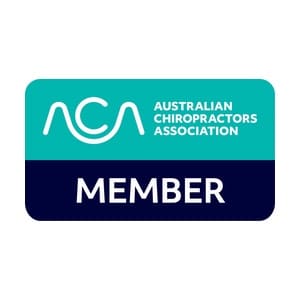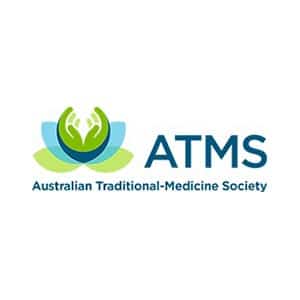Scoliosis is an excessive curve or twist of the spine. The spine has a natural curve when looking from the side, but should be straight when viewed from front-on. Occasionally however, the spine can appear as an “S” or “C” shape rather than a straight line when looking front-on. The most common form of scoliosis is adolescent scoliosis, which appears in children after the age of 10. Scoliosis generally is more common in females than males, with suggestions that the rate of scoliosis is eight times higher in girls than boys. It can continue to progress into the early 20s when the bones of the spine are fully mature. The younger you are when scoliosis appears, the greater the chance of curve progression. Scoliosis occurs rarely in adults.
 Most people who have scoliosis are unaware of it, as it is almost always painless. Most cases are mild, requiring only follow-up and observation. Of every 100 children, 3 to 5 develop spinal curves that are severe enough to need treatment. In these severe cases, the spine can rotate as well, resulting in prominent ribs on one side of the body and narrowed spaces between ribs on the other. Severe scoliosis can cause ongoing back pain, arthritic degeneration of the spine and difficulty breathing.
Most people who have scoliosis are unaware of it, as it is almost always painless. Most cases are mild, requiring only follow-up and observation. Of every 100 children, 3 to 5 develop spinal curves that are severe enough to need treatment. In these severe cases, the spine can rotate as well, resulting in prominent ribs on one side of the body and narrowed spaces between ribs on the other. Severe scoliosis can cause ongoing back pain, arthritic degeneration of the spine and difficulty breathing.
Usually a curve of the spine develops without being noticed. However, as the scoliosis progresses, some signs do appear. Symptoms may include:
- uneven shoulders
- uneven hips or waist
- lower back pain
- prominent shoulder blades
- tiredness when standing or sitting
Scoliosis can be the result of structural problems in the spine or poor development from functional aspects of the spine. Structural problems include differences in leg lengths (one being short than the other), rotation of the pelvis, or fusion of vertebrae. Alternatively, scoliosis can develop over time from the movement of the spine and musculoskeletal system. Occasionally, children can have pain in their back, due to early scoliosis or other back problems. To try to relieve the pain or pressure on the back, they twist their bodies, which results in further curving of the spine. Alternatively, poor posture or incorrect sleeping habits may exacerbate early signs of scoliosis. In particular, carrying heavy, unevenly packed school bags can cause long-term back pain and worsening of scoliosis symptoms in children.
It is important for children to be examined in order to detect the development of a scoliosis and commence early treatment to prevent worsening of the curvature or possibly help reduce it. Simple, painless and quick spinal screenings can identify early stages of scoliosis in children.
Your Chiropractor can provide a variety of techniques to help your condition, including spinal adjustments to increase movement and biomechanical function (Wittman et.al1), and advice on posture and exercise to help prevent further increase in the problem.
1.J Chiropr Med. 2009 Dec;8(4):193-9. doi: 10.1016/j.jcm.2009.08.001. Inclusion of chiropractic care in multidisciplinary management of a child with Prader-Willi syndrome: a case report. Wittman RA, Vallone SA.





